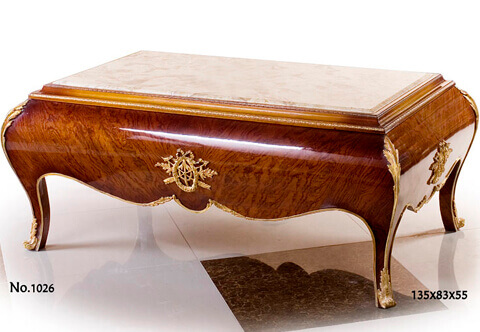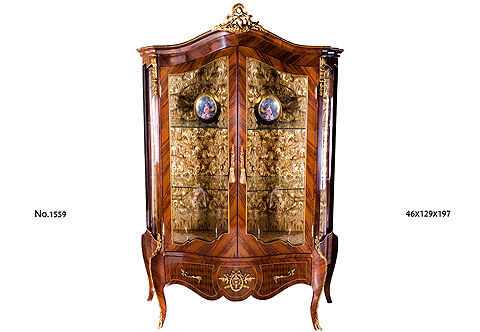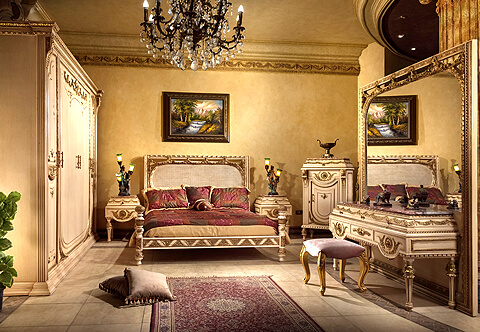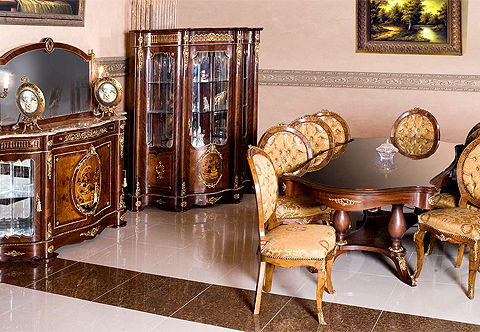George III Neoclassical style ormolu Ram Head mounted Pedestal inspired by the model of Robert Adam
Ref#ST-1536 | Description
A Fabulous pair of George III Neoclassical style ormolu-mounted veneer inlaid Vase Stands on the manner of Robert Adam;
Each is marble topped above a frieze of ormolu beaded encadrement above richly chiseled ormolu ram's heads on each corner flanking fine cast foliate Rinceau style ormolu scrollworks of acanthus leaves with blossoming flowers and drapery swags of laurel wreath above a square body inlaid with sans-traverse veneer inlays ornamented with an oval Paterae oattern veneer inlay centered with and ormolu honeysuckle encircled with an ormolu band and raised on a square plinth surmounted with a foliate ormolu trim.
Available to be produced with yellow brass mounts, distressed and aged ormolu mounts, or gilded ormolu mounts per request as displayed.
Ref#ST-1536
H:105 x W:49 x D:49cm
George III | Neoclassical style | Robert Adam
Robet Adam
The British architects Robert (1728-1792) and James (1730-1794) Adam were the leading practitioners of the neoclassic style in the late 18th century. Their graceful, elegant work is based chiefly on ancient Roman and Renaissance motifs.
Robert Adam was born on July 3, 1728, at Kirkcaldy, Fifeshire, Scotland. James Adam was born in Edinburgh on July 21, 1730. They were the second and third sons of William Adam (1689-1748), a prominent Scottish architect. There were two other sons—John, the oldest of the children, and William—and six daughters. Robert was educated at Edinburgh High School and the university and received a sound architectural training from his father.
His style was based on the enormous repertoire of classical motifs that Robert had built up in Rome: festoons of husks and bellflowers, swags and garlands, vines, vases, tripods, gryphons, sphinxes, paterae, formal arabesques, and scrolls of foliage. Many of these motifs had been used earlier by Sir Christopher Wren, James Gibbs, William Kent, and other architects, but the freshness of the Adam style lay in the highly personal refinement, delicacy, and elegance that Robert gave them. He attenuated the height of columns beyond the proportions laid down by the Roman architect Vitruvius and by Andrea Palladio (Osterley Park House, Middlesex) and combined both Roman and Greek elements in a single Ionic capital (Syon House, Middlesex), thus giving it the dignity of one and the elegance of the other. Robert scaled down the elements of a design to give it a lightness and grace unknown in the early Georgian age. In 1773 the brothers published the first volume of The Works in Architecture of Robert and James Adam, the second volume followed in 1779, and the third was published posthumously in 1822. In the introduction to this work, they claimed "to have brought about … a kind of revolution in architecture and decoration, against the pretensions of numerous imitators" and "by means of a series of delicate ornaments and mouldings" to have recaptured "the beautiful spirit of antiquity."


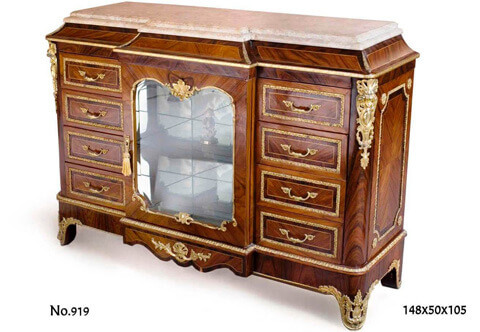
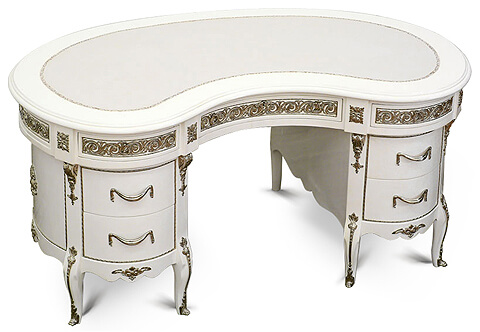
.jpg)
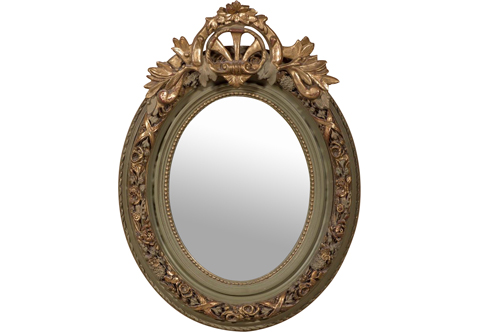
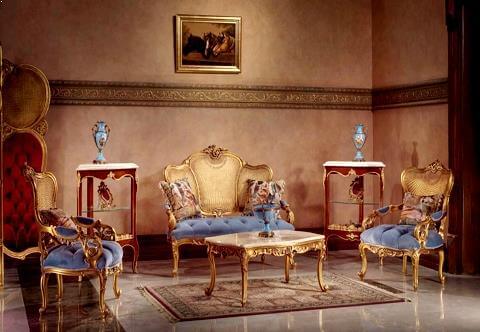
.jpg)
